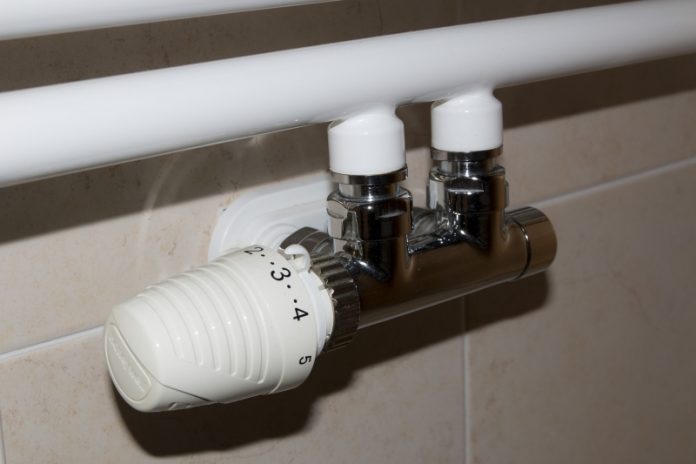The type of radiator valve that you choose is one of, if not the most important thing to consider when purchasing new radiators for your home. This choice can influence long-term heating costs (especially in the winter months), as well as the size of your carbon footprint.
There is no universal fit or black and white view on which radiator valve is the best. This entirely depends on the qualities that you value most and how simplistic you would like the management of the ecosystem of your home to be. Keep reading – this short article will help you decide which valve is best for you.
Manual Radiator Valves
The most common type of radiator valve that you will find in the UK is the manual radiator valve. These are extremely easy to use – you just turn them either on, or off. This allows you the freedom to more easily manage the individual temperatures of each room, in combination with your thermostat.
These are a great choice as they are the cheapest option and are straightforward to install. However, you must be careful with these and remember to switch them off. They can make your heating bill high and are also not the best option for those concerned with being environmentally friendly.
As long as you manage them well, they are an easy and cheaper option. You can find them at major retailers such as Trade Radiators.
Thermostatic Radiator Valves (TRV)
The other main option is a thermostatic radiator valve. TRVs have a built-in temperature sensor that allows the valve to adjust the water flow by increasing or decreasing it. This makes managing your heating system extremely simple, as the valve does all of the work for you!
TRVs are also great for the environment and are based on the recommended output in the effort to reduce carbon footprints. They also save you money in the long term, as you do not have to keep a constant eye on your usage to prevent a hefty bill.
However, these valves are more costly to install. They also should not be used in conjunction with a thermostat, as they may cause a conflict in readings.
TRVs, unlike manual valves, do not allow you to tailor the temperature of each room in your home. This may not be the best choice for you if you prefer to be in control of your system.
Shape variations – straight or angled?
After choosing whether you want a manual radiator valve or a TRV, you must decide on what shape will be best for you.
This choice will depend on the set-up of your radiator and the location of pipework.
Angled valves are right-angled and are the most common type that we see in the UK. They are ideal for radiators with side inlets that require connection to the floor or wall behind them.
Straight valves are uncommon and connect radiators to the system in the same way that an angled valve does. The only difference is that they do not have a bend in the valve. These are perfect for a situation where the pipework and radiator connection aligns perfectly.

















